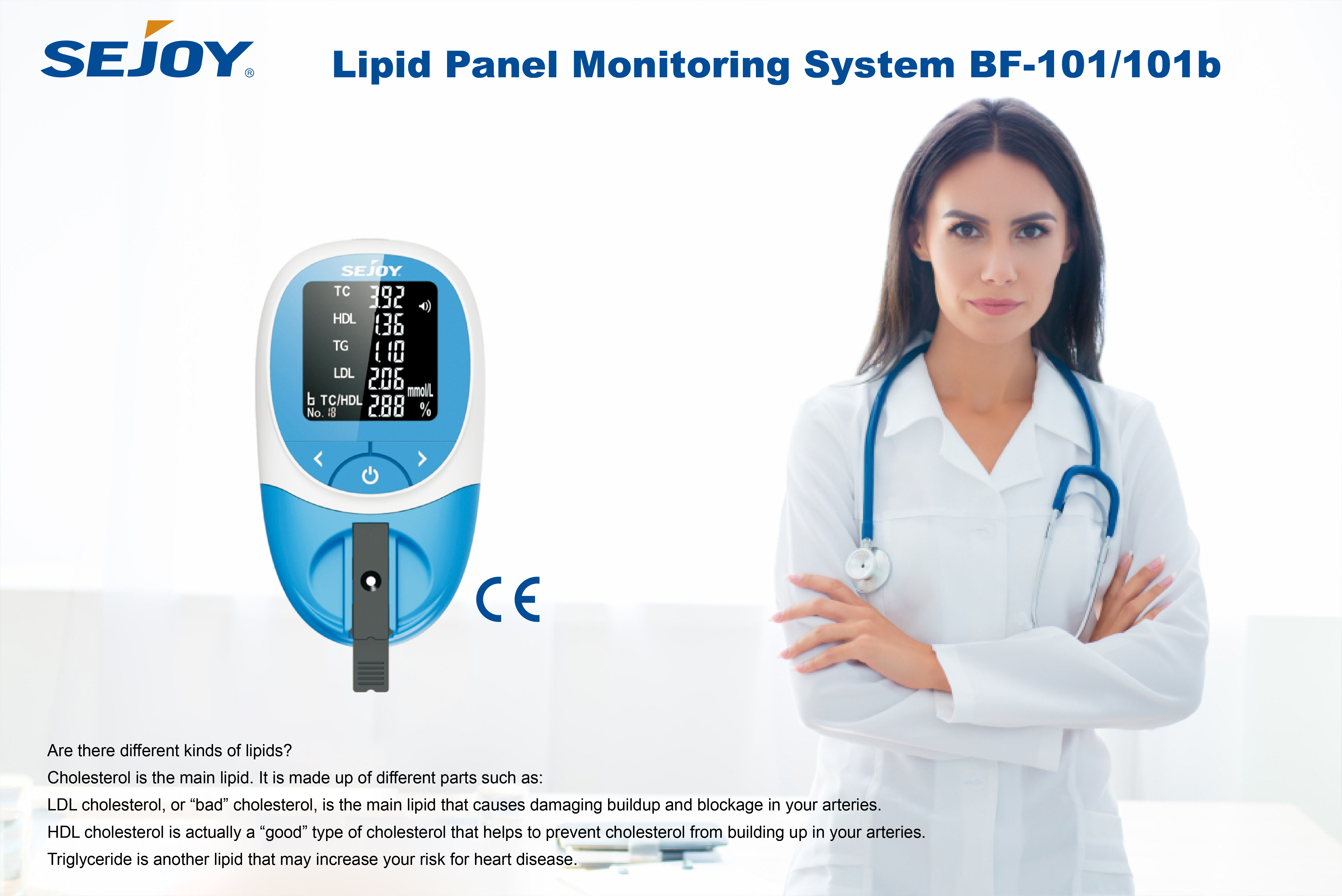Overview
A complete cholesterol test — also called a lipid panel or lipid profile — is a blood test that can measure the amount of cholesterol and triglycerides in your blood.
A cholesterol test can help determine your risk of the buildup of fatty deposits (plaques) in your arteries that can lead to narrowed or blocked arteries throughout your body (atherosclerosis).
A cholesterol test is an important tool. High cholesterol levels often are a significant risk factor for coronary artery disease.
Why it’s done
High cholesterol usually causes no signs or symptoms. A complete cholesterol test is done to determine whether your cholesterol is high and to estimate your risk of heart attacks and other forms of heart disease and diseases of the blood vessels.
A complete cholesterol test includes the calculation of four types of fats in your blood:
- Total cholesterol. This is a sum of your blood’s cholesterol content.
- Low-density lipoprotein (LDL) cholesterol. This is called the “bad” cholesterol. Too much of it in your blood causes the buildup of fatty deposits (plaques) in your arteries (atherosclerosis), which reduces blood flow. These plaques sometimes rupture and can lead to a heart attack or stroke.
- High-density lipoprotein (HDL) cholesterol. This is called the “good” cholesterol because it helps carry away LDL cholesterol, thus keeping arteries open and your blood flowing more freely.
- Triglycerides. Triglycerides are a type of fat in the blood. When you eat, your body converts calories it doesn’t need into triglycerides, which are stored in fat cells. High triglyceride levels are associated with several factors, including being overweight, eating too many sweets or drinking too much alcohol, smoking, being sedentary, or having diabetes with elevated blood sugar levels.
Who should get a cholesterol test?
According to the National Heart, Lung and Blood Institute (NHLBI), a person’s first cholesterol screening should occur between the ages of 9 and 11 and then be repeated every five years after that.
The NHLBI recommends that cholesterol screenings occur every 1 to 2 years for men ages 45 to 65 and for women ages 55 to 65. People over 65 should receive cholesterol tests annually.
More-frequent testing might be needed if your initial test results were abnormal or if you already have coronary artery disease, you’re taking cholesterol-lowering medications or you’re at higher risk of coronary artery disease because you:
- Have a family history of high cholesterol or heart attacks
- Are overweight
- Are physically inactive
- Have diabetes
- Eat an unhealthy diet
- Smoke cigarettes
People undergoing treatment for high cholesterol require regular cholesterol testing to monitor the effectiveness of their treatments.
Risks
There’s little risk in getting a cholesterol test. You might have soreness or tenderness around the site where your blood is drawn. Rarely, the site can become infected.
How you prepare
You’re generally required to fast, consuming no food or liquids other than water, for nine to 12 hours before the test. Some cholesterol tests don’t require fasting, so follow your doctor’s instructions.
What you can expect
A cholesterol test is a blood test, usually done in the morning if you fast overnight. Blood is drawn from a vein, usually from your arm.
Before the needle is inserted, the puncture site is cleaned with antiseptic and an elastic band is wrapped around your upper arm. This causes the veins in your arm to fill with blood.
After the needle is inserted, a small amount of blood is collected into a vial or syringe. The band is then removed to restore circulation, and blood continues to flow into the vial. Once enough blood is collected, the needle is removed and the puncture site is covered with a bandage.
The procedure will likely take a couple of minutes. It’s relatively painless.
After the procedure
There are no precautions you need to take after your cholesterol test. You should be able to drive yourself home and do all your normal activities. If you’ve been fasting, you might want to bring a snack to eat after your cholesterol test is done.
Results
In the United States, cholesterol levels are measured in milligrams (mg) of cholesterol per deciliter (dL) of blood. In Canada and many European countries, cholesterol levels are measured in millimoles per liter (mmol/L). To interpret your test results, use these general guidelines.
Reference
mayoclinic.org
Post time: Jun-24-2022



